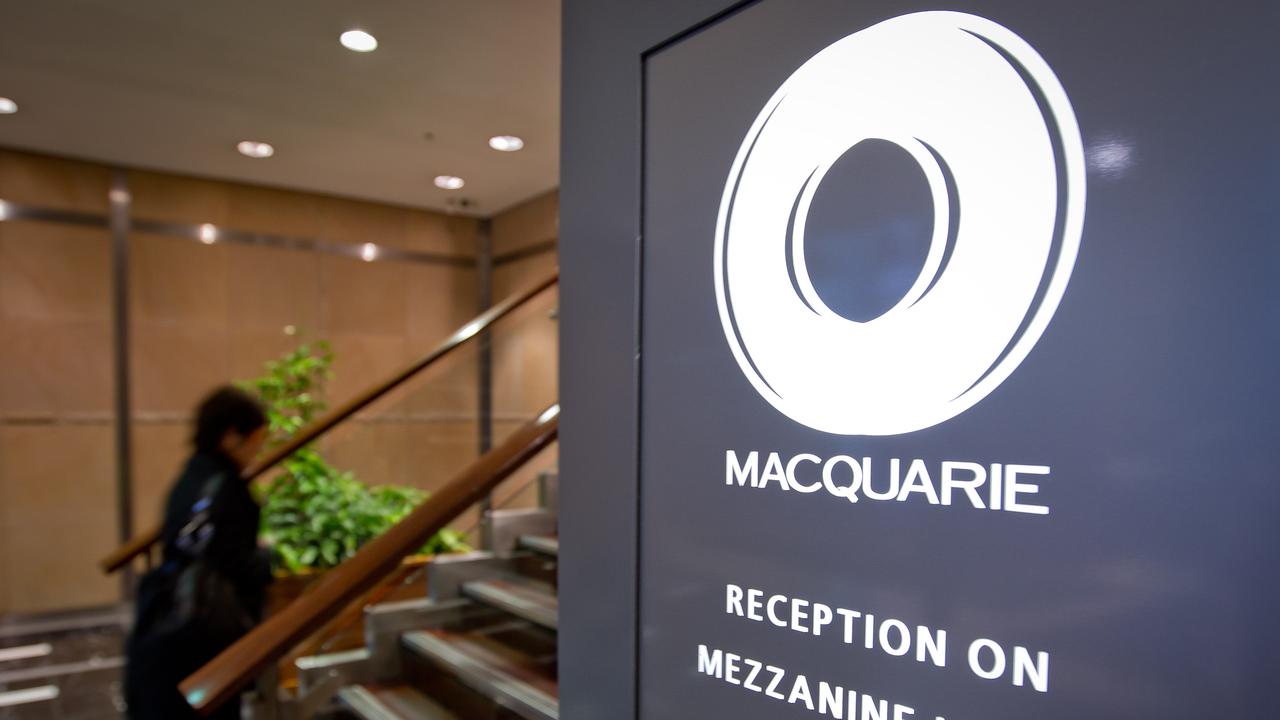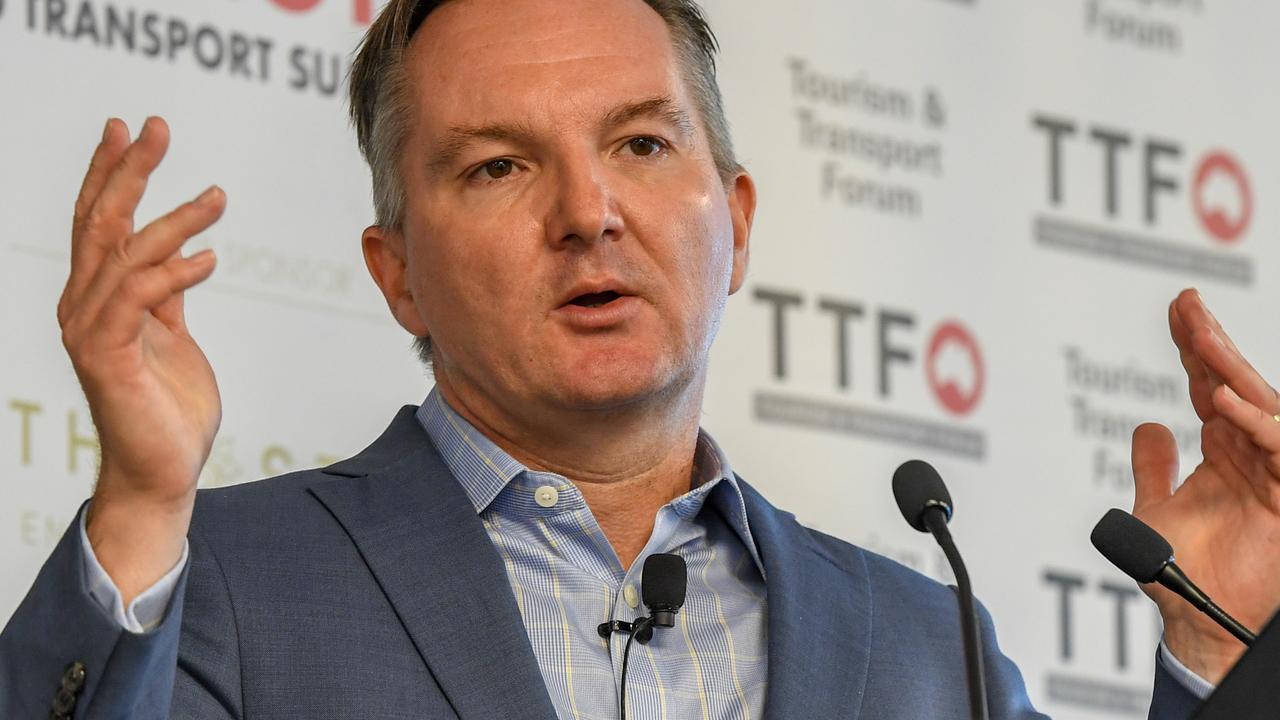How to solve our power crisis
Our politicians have not yet come clean on a looming energy shortage, but there are measures that may avert disaster.

The NSW, Victorian and perhaps South Australian power crisis looming next summer requires engineers, not politicians to solve. And so I am delighted to publish today a detailed engineering solution to the Victorian short-term problem. NSW has a much deeper problem because it closed more coal plants than Victoria. NSW needs to go further, but the plan for Victoria is a good start and far better than the current finger-crossing policy adopted in Sydney.
The South Australians understand they have a problem because they experienced blackouts last summer and are embracing their own solution. The NSW and Victorian politicians have not yet told their residents of the looming dangers.
And because NSW has a Coalition government, the Coalition government in Canberra will be reluctant to tell NSW residents the truth.
In gas we saw the bizarre situation where Malcolm Turnbull, on radio, correctly blasted Victorian Premier Daniel Andrews over his disastrous gas policies. But Turnbull did not back that up by saying the Victorian Coalition, led by Matthew Guy, had been just as stupid. Victorians, therefore, laughed at their Prime Minister, who was not telling the full truth.
Our energy crisis was created by the Coalition, as well as the ALP.
I emphasise that today’s engineering measures cover the next couple of years. Longer term requires a thorough engineering examination of the options to improve the grid (no politicians or public servants) and have back-up power to support renewable energy. So let’s look at the short-term engineering measures required as prepared by Peter Farley, who is a power engineer of 45 years and is deputy president of Engineers Australia’s Victoria Branch. Farley says that because winds normally blow on hot days, Victoria does not need drastic action to get through hot day peak loads.
In my view, long term we must plan for hot days where the wind does not blow, but that’s for the engineers. Farley’s short-term options appear eminently sensible. I have attached his full paper, which includes his views on long-term options. You will be fascinated by the household battery proposal and the proposals for commercial users. Here is Farley’s plan for power security over the next two to three years:
• Expand its energy efficiency program to all sectors of the economy and enforce existing building standards and move toward Californian standards.
Even though Germany’s economy is 29 per cent industrial compared to 9 per cent in Victoria, we use 16 per cent more energy per unit of output, instead of 16 to 20 per cent less. The state and local governments can be far more aggressive in enforcing building, appliance and commercial A/C and refrigeration standards. Over 3-5 years Victoria should be able to reduce energy use by 1-2 per cent per year. This won’t have a significant effect for the next two summers, but it will influence future generation needs.
• Call tenders for the development of a domestic/small business demand shifting market for at least 500MW/3-4hours such as the Austin “rush hour rewards” program, where large users agree, for a fee, to reduce load by an agreed proportion at times of peak demand. Apparently, Alcoa has such an agreement.
• At a sensible price, it is well worth running otherwise idle diesel backup generators, or even sending people home early for a couple of afternoons per year. Most hospitals and many industrial plants, government facilities and some commercial premises have backup generators and/or combined heat and power plants. (I know Telstra and other communications companies are looking hard at relying much more on their back-up generation on hot days to reduce the strain they place on the system).
• Taking the above further and undertaking some minor upgrade work, including modernising control systems so that many of these back-up plants can also be connected to the grid. It is not clear how much capacity there is, but available capacity may well be the equivalent of a new gas turbine generator.
• Batteries: We should consider limited subsidies to customers who are prepared to install batteries, which can be drawn down by the grid operators in times where demand and/or prices are high. Customers would be paid wholesale rates for any power delivered. A 25-30 per cent capital subsidy for the first year declining to zero after 3-4 years should be enough to build up 300-500MW of behind the meter storage.
Storage Batteries can be installed at generators, as is happening in the UK, Germany and California to smooth operation and increase peak capacity. They can be installed at switchyards and substations to ease grid congestion, as is being done in California and planned for western Victoria.
• We should examine the rules to work out how to ensure a fair distribution of the costs and benefits of batteries installed at substations. Generators of all types, from coal to solar, should be asked to consider installing batteries to improve short-term response rates and maybe 15-30 minutes storage should be required for new grid installations of renewables.
• Call tenders for the connection of 50-200 MW of combined heat and power backup plants to the grid. Among the options is a combination of enhanced hydro, solar thermal, wind/solar PV with storage, or perhaps some reciprocating gas engines.
There are many opportunities to increase the peak capacity of existing hydro schemes and/or add small hydro plants to existing dams. These would not provide much energy over a year but could provide up to 100-200MW of additional peak power for 20-50 critical hours per year; they start and stop much faster than gas turbines so have far better fault response, and have zero fuel costs.
To be clear, this is not pumped hydro, just better use of existing resources.
• Include minimum supply hours and ramp-rate requirements in new state government renewables supply contracts and announce a plan to follow the ACT path and call tenders for 1500-2500 MWh of new low carbon energy supply every year.
In my view none of these measures are hard or costly. They need truth-telling politicians.




To join the conversation, please log in. Don't have an account? Register
Join the conversation, you are commenting as Logout